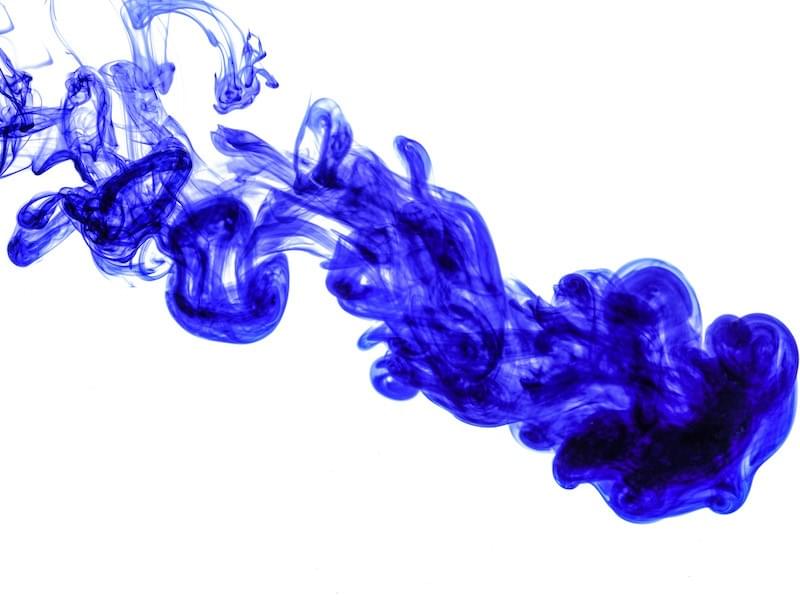The market for green printing consumables is accelerating fast as brands and print service providers across all segments work to reduce their impact on the environment. A new report from Smithers –
The Future of Bio-based Inks and Coatings to 2026 – estimates the 2021 market for this growing category will be worth $5.86 billion worldwide. A compound annual growth rate (CAGR) of 7.90% has been identified by Smithers culminating in a forecast value of $8.57 billion in 2026.
Traditional litho markets such as publishing continue to decline as electronic communications replace print. The loss here will be offset by growth in packaging as well as ink and coating reformulations in order to increase the amount of bio-based content.
Challenges
There remains a number of challenges to be solved before bio-based inks and coatings can move out of their nascent state and enter a phase of mainstream adoption like they achieved in the now declining publishing market. One challenge is the availability of bio-based raw materials. The most widely available are solvents. But, with certification programs encouraging higher bio-based content percentages – and some launched products claiming percentages beyond 80% – solvents alone are not enough to meet the standards, especially those that require renewals and push manufacturers for continuous improvement such as Cradle-to-Cradle.
Trends in bio-based inks and coatings
To meet growing environmental demands, the variety of non-petroleum solvents that can be used in printing inks is growing. This includes soybean, palm, sunflower, rapeseed, vegetable oils; or ethanol. For resin, bio-based options include environmentally friendly acrylics, urethanes and polyamides. The palette for bio-based pigments features algae or wood-derived dark pigments that replace carbon black. Each source material presents its own technical challenges in order to match performance parameters, like quality and runnability, of existing petroleum-derived solutions. R&D activity is increasing to meet this need, with ink suppliers adjusting their product portfolios to a print landscape that has been reconfigured by COVID-19.
Regulation in leading markets
The push to reduce volatile organic compounds (VOC) continues in every major region of the world with legislative action taking place to lower VOCs and greenhouse gas emissions. The evolving regulatory environment for new ink components and sustainability includes the EU’s strategy to make all chemicals sustainable by design. This also involves adaptation of sourcing as disrupted supply chains must radically adjust to a post-COVID economy.
Europe, a long time promoter of sustainable initiatives, renewed its commitment in December 2020 when European Union membership leaders adopted a pledge to reduce carbon emissions by 55% by 2030 while continuing the larger commitment agreed in the 2015 UN Paris Agreement to achieve net-zero emissions by 2050.
China helped lead the way with its first major reform of its environmental protection policies in 2015. As the largest market for printing ink and coatings as well as packaging, in many ways this was the key driver needed for companies to take sustainability more seriously. Asia Pacific is the largest producer in packaging and will lead in the use of bio-based inks and coatings. China will be the focus with water-based and bio-based technology developments rolling out to meet increased regulatory restrictions on VOCs and carbon emissions.
The United States has also renewed its commitment to sustainability in January 2021 with the new administration rejoining the Paris Climate Accord.
Market applications
Packaging remains the largest market application – with bio-based flexo inks using innovative green materials, like nitrocellulose, already on the market. Parallel opportunities are also increasing in publications and graphics work, as corporate sustainability goals and government regulations expand to minimise the carbon impact of multiple business processes. In these segments offset litho operators already have several bio-based options, such as soy-based newsprint inks.
Market Data
The Future of Bio-based Inks and Coatings to 2026 includes an exclusive data set that is enhanced by full analysis of the impact of COVID-19 on all end-use markets and ink supply chains; the evolution of print and finishing equipment; and potential regulatory challenges.
